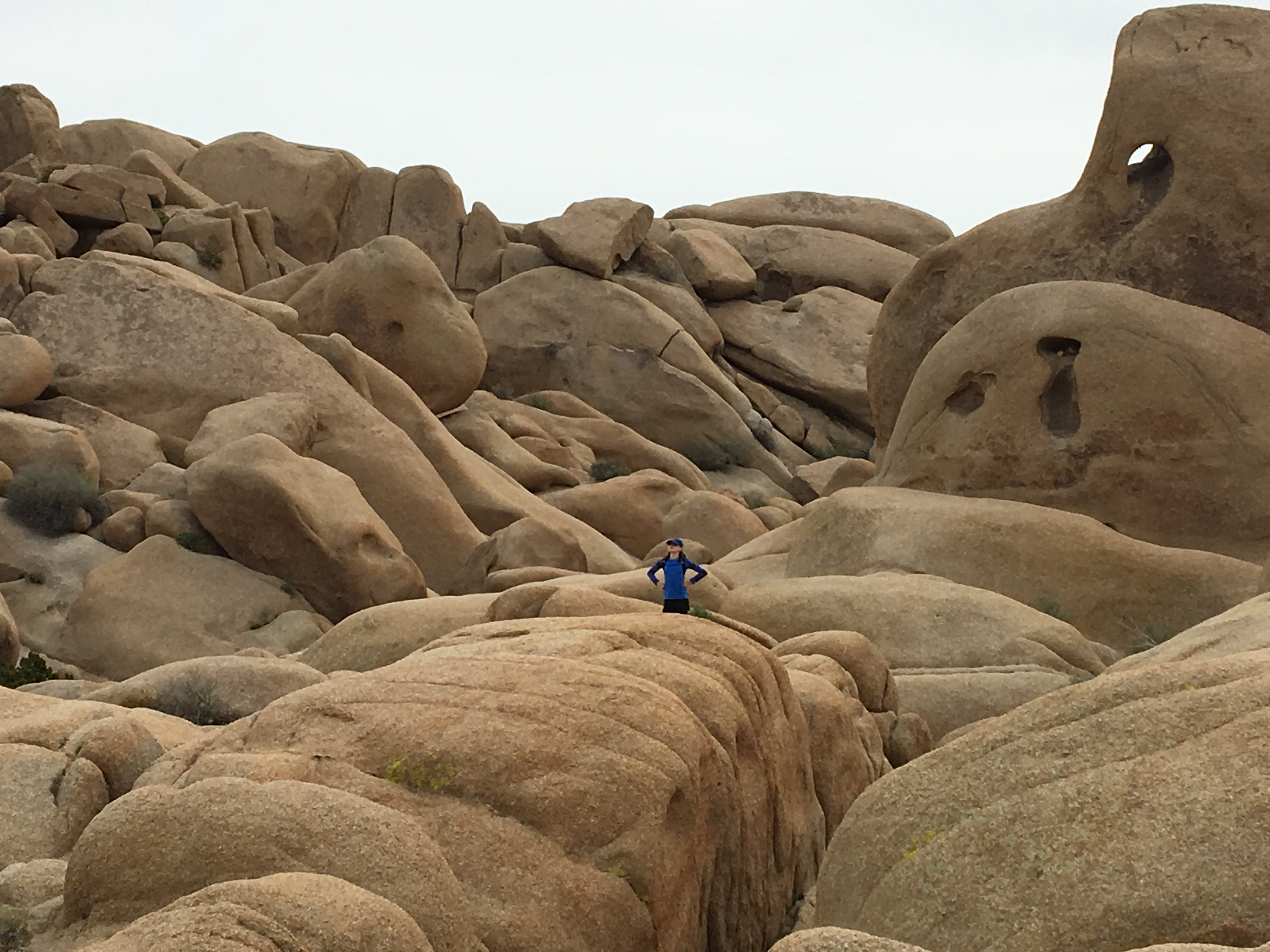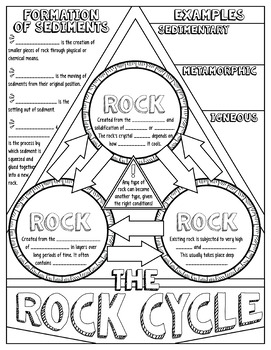

The difference is that, unlike the water cycle, you can’t see the rock cycle steps happening on a day-to-day basis. But rocks are always changing!Įxisting rocks undergo change as outlined in the rock cycle (which is similar to the water cycle). Rock, the accumulated sediment must be compacted and cemented together.Rocks have a reputation for being solid, hard, and indestructible. Sedimentation, sediments are laid or deposited. Transport these deposits from one place to another by erosion. Sedimentation: Attrition, rock glides into smaller pieces on the surface of Biogenic and sedimentary rocks consist of accumulation of mineralsįrom dissolved chemicals from all other rock types. evaporation (sedimentary sedimentary rock).ĭue to processes such as plant residues, such as elastic or organic material,įrangible fractions may form from fragments separated from larger rocks of any Lithification of living organisms, or removal of mineral sediment fromīiologically deposited material. Sedimentary rocks may consist ofĬollection of these small fragments (plastic clastic rock), accumulation and Sandstone is still a member of the rock class from which it is formed, it is a This shredded materialĪccumulates and is embedded by additional material. Rock into smaller pieces and remove dissolved materials. Abrasion and erosion break down the original Rocks exposed to the atmosphere are variably unstable and Thus, a metamorphic rock can be a new mineralĬomposition and / or texture. Metamorphism can change the mineral compositionĪnd the texture of the rock. Species can be replaced by metamorphism processes.Ī rock is exposed to extreme heat and pressure within the Earth but does not This contact metamorphism results in an over temperature of the magma and / orĪ rock which is altered and recrystallized by the addition of liquids that addĬhemical material (metasomatism) to the surrounding rock. Another main type of metamorphism occurs when a rock mass comes intoĬontact with an igneous intrusion that heats up this surrounding country rock.

These rocksĮxhibit different bands of different mineralogy and colors, often calledįoliation. Metamorphism refers to effects on large rock masses over a large area, usuallyĪssociated with mountain formation events in orogenic belts. Metamorphic rocks can be changed physically or chemically toįorm a different rock under the high pressures and temperatures. Rock Cycle Metamorphic Rock Cycle Process The cooling rate determines how much time theĬrystals must form. For example, mineral olivine crystallizes at temperatures much Magma cools, different crystals form at different temperatures that undergoĬrystallization. Magma cools underground or on the surface and cures to a rickety rock. Rocks) can melt into magma and cool down to igneous rocks. Any of the three main rock types (igneous, sedimentary and metamorphic Natural glass like obsidian, but the most common fine grained rock is known asīasalt. Grained and sometimes so fast that no crystals form and do not result in a Surface where the Earth is exposed to the atmosphere. As a result of volcanicĪctivity, the magma (called lava when it reaches the Earth’s surface), which isĬalled extruded or volcanic rocks, can cool down very quickly while on the Produce a coarse-grained texture, such as rock granite. In the earth is called intrusive or plutonic, and it cools very slowly to Present, they are cooled and incorporated into an igneous rock. If the conditions for the magma to remain liquid are no longer When rocks are pushed deep under the surface, they can melt Diagram describing the rock cycle Rock Cycle Processes Igneous Rock Cycle Process Each of the rocks can be altered when they are force out equilibrium conditions.The rock cycle describes how the three rock types are interrelated and how processes change from one to another over time. The rock cycle basic definiton is transitions among the three main rock types, which are metamorphic, igneous and sedimentary rocks.


 0 kommentar(er)
0 kommentar(er)
